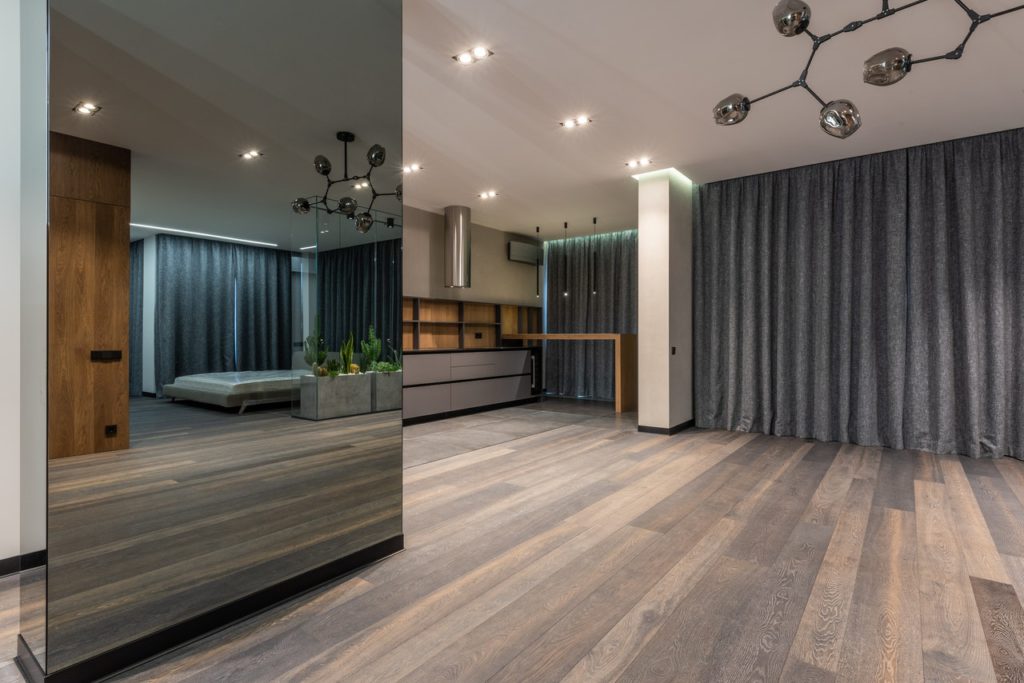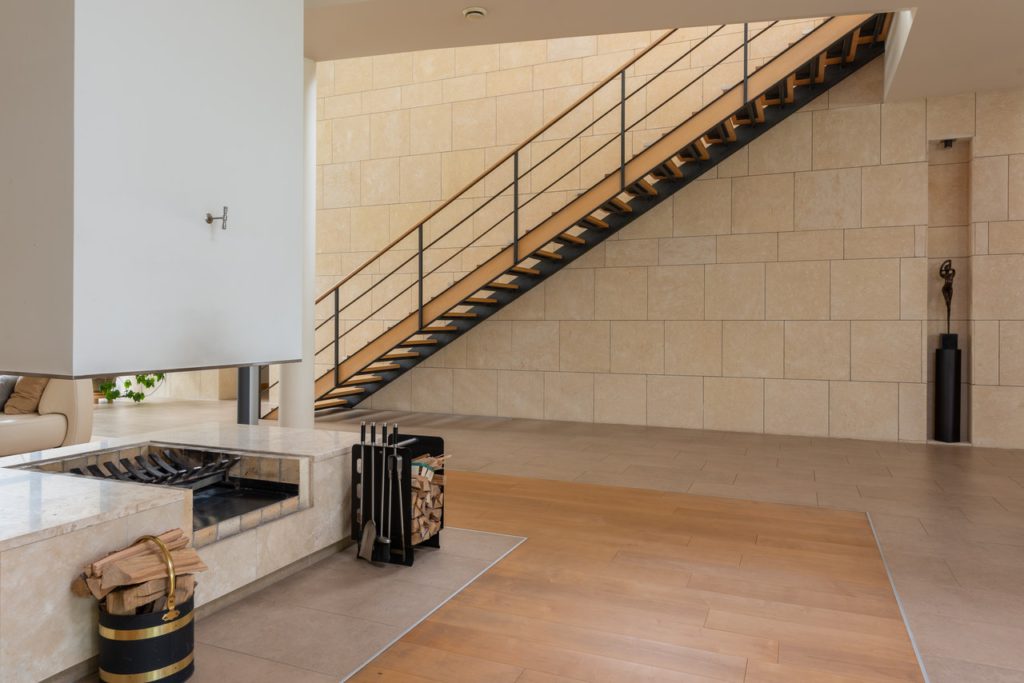
It’s important to seal the timber floor, otherwise, it can easily get damaged by different factors. This article will be focusing on different ways to seal timber floors and what tools and products would be recommended for people to try themselves.
For a water-based polyurethane surface on wooden floors, four layers should be applied. It is best to sand your hardwood floor between each successive layer of polyurethane you apply. If you plan to lay polyurethane with rags on a wooden floor, you should allow enough time to apply up to four layers.
After applying the wood stain, apply the first layer of timber floor sealer and sand the floor by hand, which is good, then apply a second sealing layer, let it dry, done. Sanding the floor with bare wood or a layer of wax on top of polyurethane and wax will remove the stain without damage. The longer the finish hardens, the better, so never push furniture onto hardwood floors as it leaves unsightly scratches and a thicker finish.
Once the bottom wax has dried, it can be easily sanded off the surface before it is sealed. As known it should be aware that water, chemicals, stain damage and oil can possibly seal the floor, so that you may need to use a wood floor cleaner to form this type of surface.
Polyurethane’s surface would look like it’s covered with a
plastic film in the timber floor, and you can’t scrape off the rubber residues. After waxing and finishing, you can scrape off rubber or wax residues from the corners of your floor. Soil wax is the only surface wax that can be applied after polyurethane which is a timber penetrating sealer.

For the oil-based finish, it is recommended to use a porcelain bristle brush for the corners and edges or a lambswool applicator on the open floor. Use a paint pad for the edges and corners, or apply a water-based surface to an open floor with applicators made of synthetic wool.
The correct finishing of your wooden floor preserves the aesthetics and protects the wood from dirt, scratches, wear and tear and the causes of general wear. While some floor coverings wear out over time, some surfaces are more durable than others. Natural wood flooring can withstand different climates, areas with high humidity such as kitchens and bathrooms, browsing, whitling wax, hard wax and oils.
hardwood timber floors are one of the most popular finishes which are water-based polyurethane, provides a clear surface with a traditional hardwood look and feel. Water-based urethane doesn’t wear out as quickly as oil-based products so it doesn’t need to be reworked like any flooring or oil-based products. These features make the hardwood floors for homes become one of the most popular kinds.
Nowadays, polyurethane is one of the most floor coverings are made of, features of a durable, moisture-resistant, oil-based, water-based plastic coating. Hardwood floors are available in a range of different finishes, which not only improve the wood grain but also help protect the floor. Whether you are looking for a glossy, high-gloss finish or a slightly more matte wooden floor, top coatings offer many possibilities.
The only polyurethane screen is a non-penetrating plastic coating that sits on the floor and wears down easily so that scratched or dull wood underneath is not stained or damaged. This special hardwood floor does not withstand foot traffic, and since there is no polyurethane to touch, it is easy to polish, so no new paint or shellac is required.
After taking some advice from here, you would find floor sealing will prevent warping in the floorboards, prevent rotting, and help to stop cracks from forming. And gives your timber floor leave longer and much more beautiful.



